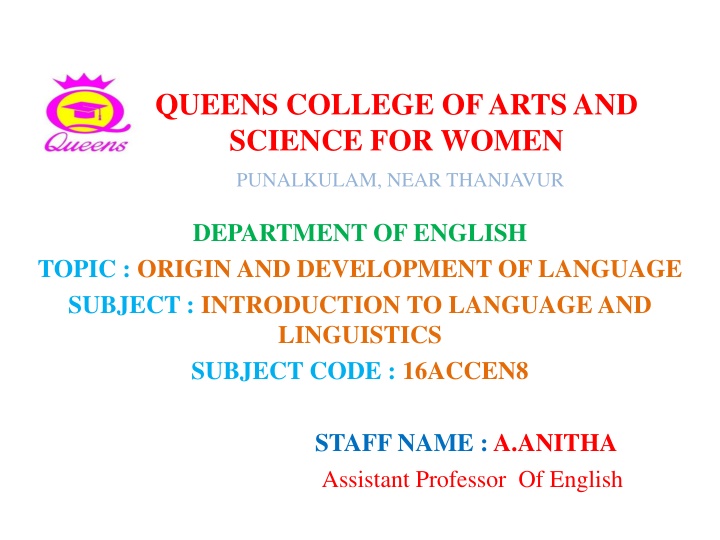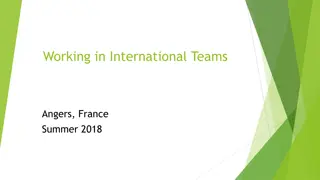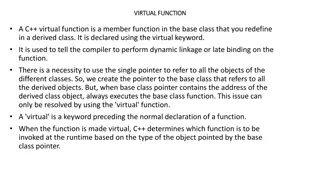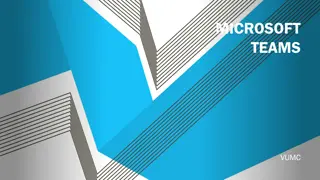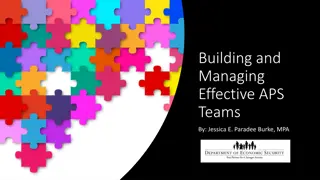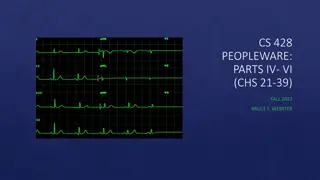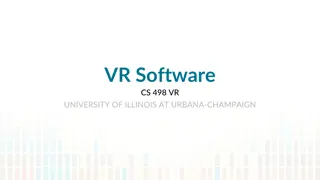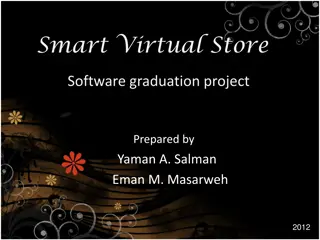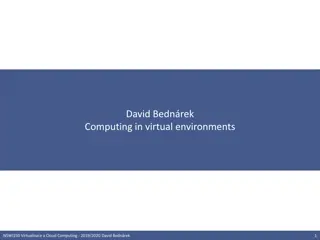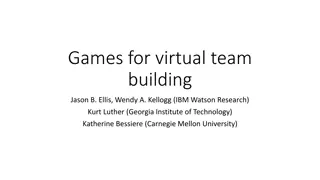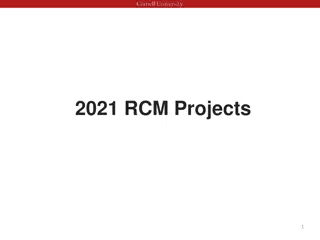Team Structures & Virtual Teams in Software Projects
Teams in software projects can be structured in various ways, such as functional teams, cross-functional teams, matrix teams, projectized teams, Scrum teams, and hybrid teams. Virtual teams, which collaborate remotely, have become increasingly common in the software industry and require effective communication, collaboration tools, and careful management.
Download Presentation

Please find below an Image/Link to download the presentation.
The content on the website is provided AS IS for your information and personal use only. It may not be sold, licensed, or shared on other websites without obtaining consent from the author.If you encounter any issues during the download, it is possible that the publisher has removed the file from their server.
You are allowed to download the files provided on this website for personal or commercial use, subject to the condition that they are used lawfully. All files are the property of their respective owners.
The content on the website is provided AS IS for your information and personal use only. It may not be sold, licensed, or shared on other websites without obtaining consent from the author.
E N D
Presentation Transcript
QUEENS COLLEGE OF ARTS AND SCIENCE FOR WOMEN PUNALKULAM, NEAR THANJAVUR DEPARTMENT OF ENGLISH TOPIC : ORIGIN AND DEVELOPMENT OF LANGUAGE SUBJECT : INTRODUCTION TO LANGUAGE AND LINGUISTICS SUBJECT CODE : 16ACCEN8 STAFF NAME : A.ANITHA Assistant Professor Of English
INTRODUCTION Thomas Sebeok and Noam Chomsky are the acknowledged founding fathers of two research fields which are known Biosemiotics and Biolinguistics and which have been developed in parallel during the past 50years. Both fields claim that language has biological roots and must be phenomenon, thus bringing to an end the old divide between nature and culture. respectively as studied as a natural
Contd They both regard language as a faculty, or a modelling system, that appeared rapidly in the history of life and probably evolved as an exaptation from previous animal systems. Both accept that the fundamental characteristic of language is recursion, the ability to generate an unlimited number of structures from a finite set of elements (the property of discrete infinity )
Contd Both accept that human beings are born with a predisposition to acquire language in a few years and without apparent component of language). In addition to similarities, however, there are also substantial differences between the two fields, and it is an historical fact that Sebeok and Chomsky made no attempt at resolving them. efforts (the innate
BIOSEMIOTICS AND BIOLINGUISTICS These two separate disciplines, and yet in the case of language they are studying the same phenomenon, so it should be possible to bring them together. More precisely, it suggests that the brain wiring processes that take place in all phases of human ontogenesis (embryonic, development) are based on organic codes, and it is the step-by-step appearance of these brain-wiring codes, in a condition that is referred to as cerebra bifida, that holds the key to the origin of language. foetal, infant and child
PHYSICAL ADAPTATION SOURCE At some early stage, our ancestors made a very significant transition to an upright posture, on feet locomotion, a revise role for the front limbs. Some effects of this type of change can be seen in physical differences between the skull of gorilla and that of Neanderthal man from around 60,000 years ago. By themselves such, features wouldn t guarantee speech, but they are good clues that a creature with such features probably has the capacity of speech.
TEETH AND LIPS Teeth are very helpful in making sounds such as f/v. Human lips have much more intricate muscle inter lacing then is founding other primates and their resulting flexibility certainly helps making sounds like p, b, and m.
MOUTHAND TONGUE Humans have a shorter ,thicker and more muscular tongue that can be used to shape wide variety of sounds inside oral cavity. More intricate muscle interlacing in the lips and mouth, capable of a wider range of shapes and a more rapid and powerful delivery of sounds.
LARYNX AND PHARYNX The significantly in position from the larynx of other primates such as monkeys . The assumption of an upright posture moved the head from more directly above the spinal column and the larynx dropped to lower position . human larynx or voice box differs
CONCLUSION As a solution to the puzzle of the origins of language this innateness hypothesis would seem to point to something in human genetics, possibly a crucial mutation , as the sources. We are indeed the only creatures with this special capacity for language , then it will be impossible for any other creature to produce or understand language.
